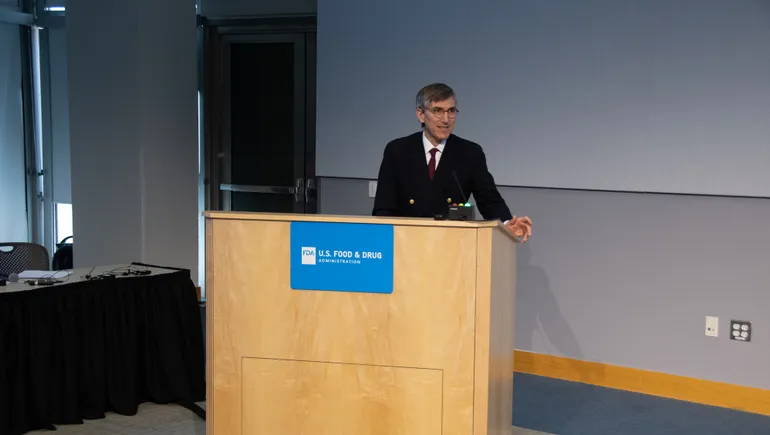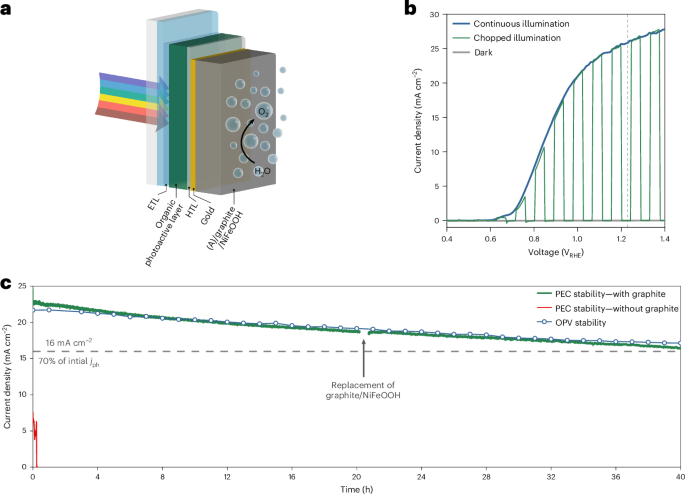SecDef gives DOD leaders less than two weeks to lay out cuts, changes
A Friday memo opens a new phase in Hegseth’s hurried effort to shrink the defense workforce.

The March 28 memo launches the latest phase of Hegseth’s rushed and rocky effort to shrink the department’s civilian workforce. When he took office in January, DOD employed about 760,000 civilians; within weeks, officials had announced plans to cut that number by five to eight percent.
The memo, titled "Initiating the Workforce Acceleration and Recapitalization Initiative," orders senior Pentagon leaders, combatant commanders, and defense agency and DOD field activity directors to each submit a proposed "future-state organizational chart" to the Pentagon’s personnel undersecretary, according to a March 29 DOD press release.
“A summary of all those charts — which should include functional areas and consolidated management hierarchies with positional titles and counts clearly depicted — is due from USD(P&R) to the defense secretary no later than April 11, 2025,” the release said.
In his memo, Hegseth said he aims to reduce duplication and excessive bureaucracy, using “an honest analysis of the workforce” and “automation through technological solutions, particularly at the headquarters level.” He added that he wants to “maximize” voluntary retirements and “minimize the number of involuntary actions.” The memo does not set numerical goals for layoffs, according to the release.
The culling of the civilian workforce is part of an effort to "strategically restructure it to supercharge our American warfighters consistent with my interim National Defense Strategy guidance," the release said, quoting the memo.
Retirement deals
The memo offers two retirement deals to eligible civilian workers. One is early retirement for federal workers who have at least 25 years of service, or at least 20 years for those over 50 years old. DOD is among several federal agencies to offer this deal since the White House authorized it in January.
The other is a re-up of the deferred-resignation deal offered by the White House to most federal employees from Jan. 28 to Feb. 12: employees can stop working but receive full pay and benefits until Sept. 30. The memo says the deal is now being offered by DOD itself.
More than 20,000 defense civilians took the earlier offer, officials have said. But at least some employees have reported problems with its execution. “Met all the ‘drop dead’ deadlines yet here I still sit, working away because the Department of Defense has not conducted the analysis needed to move this along,” one said.
Others said they applied for the deal but were blocked by supervisors who declared them essential.
Such "[e]xemptions should be rare," Hegseth said in the new memo. "My intent is to maximize participation so that we can minimize the number of involuntary actions that may be required to achieve the strategic objectives."
“Involuntary actions” may be a reference to several things. From mid-February to mid-March, Pentagon officials fired several hundred employees in their probationary periods, insisting at first that it was Hegseth’s idea but later conceding that it was part of a broader White House effort. On March 13, a judge ordered the employees reinstated, saying that their dismissals, ostensibly for poor performance, were “based on a lie.” DOD officials said they had fired 364 of a planned total of about 5,400 probationary employees, which are generally federal workers who have not served long enough for all civil-service protections to kick in.
Another form of involuntary action is a “reduction in force”—i.e., layoffs. On Feb. 11, the White House ordered all federal agencies to submit plans by March 13 to lay off workers in coordination with Elon Musk’s DOGE office.
In the meantime, a hiring freeze imposed by Hegseth is shrinking the defense workforce by some 6,000 people per month.
Hegseth’s expressed desire to “minimize the number of involuntary actions” may be part of an effort to ease the disruption, demoralization, and decrease in productivity reported earlier this month by department employees who shared their stories with Defense One.
GovExec’s Eric Katz contributed to this report. ]]>







































































































































































.jpg)







